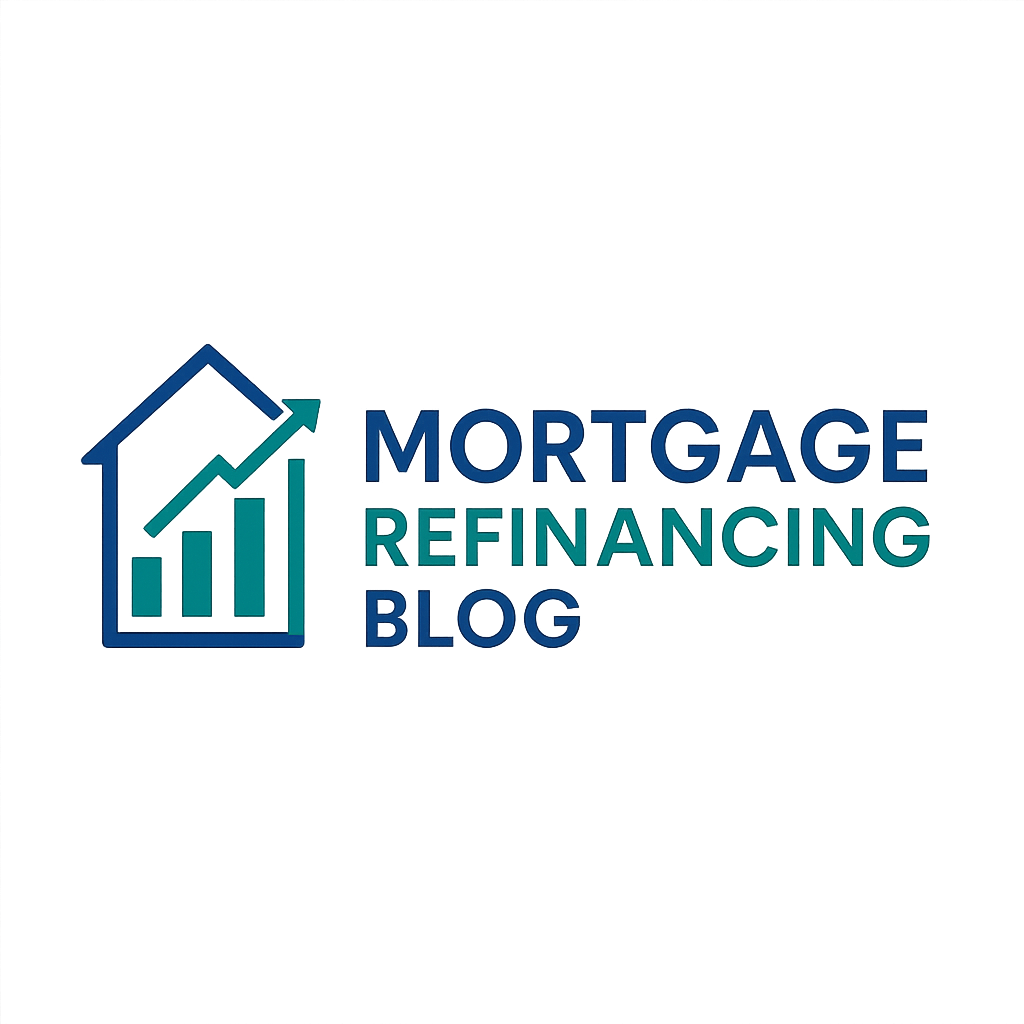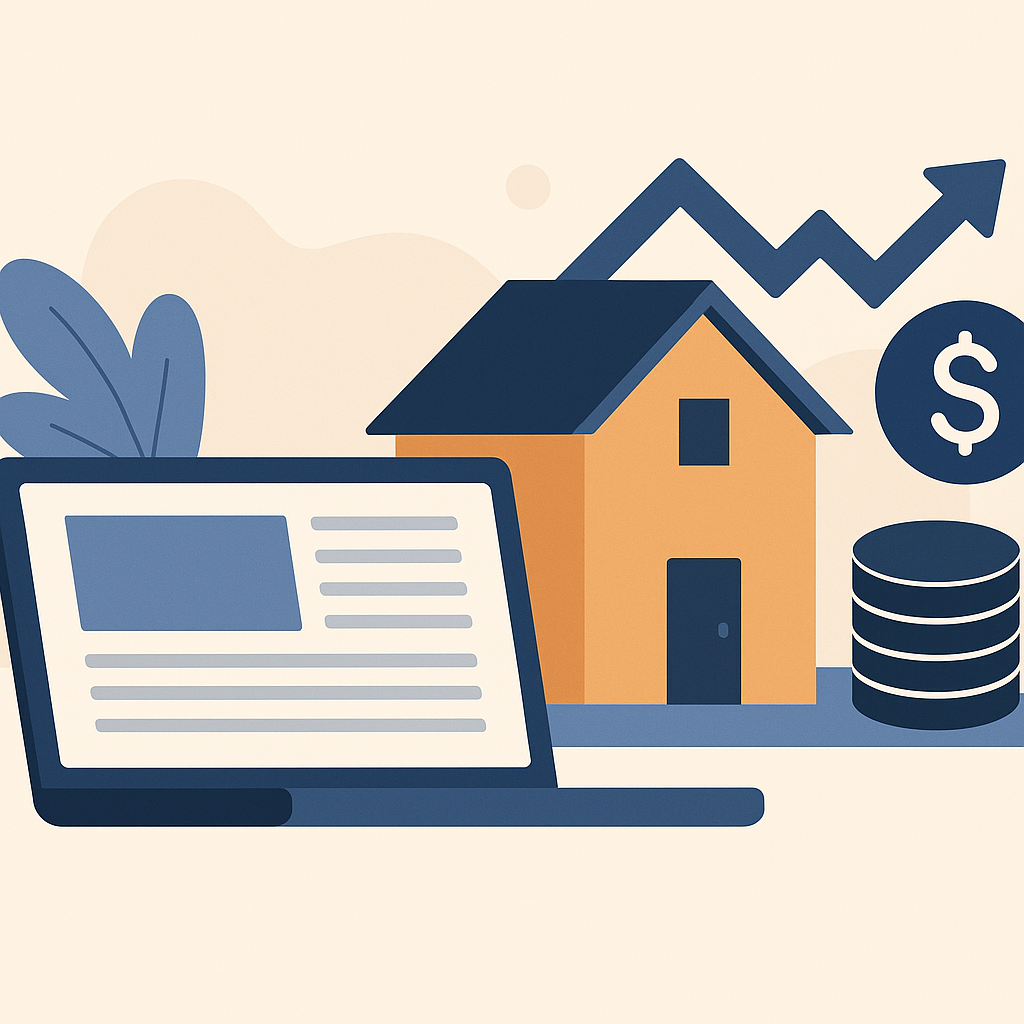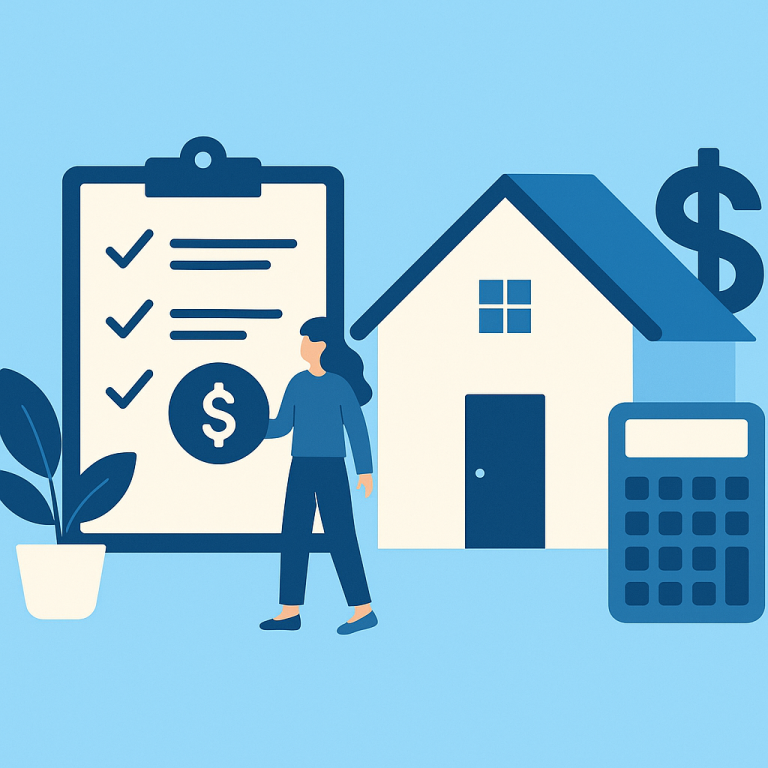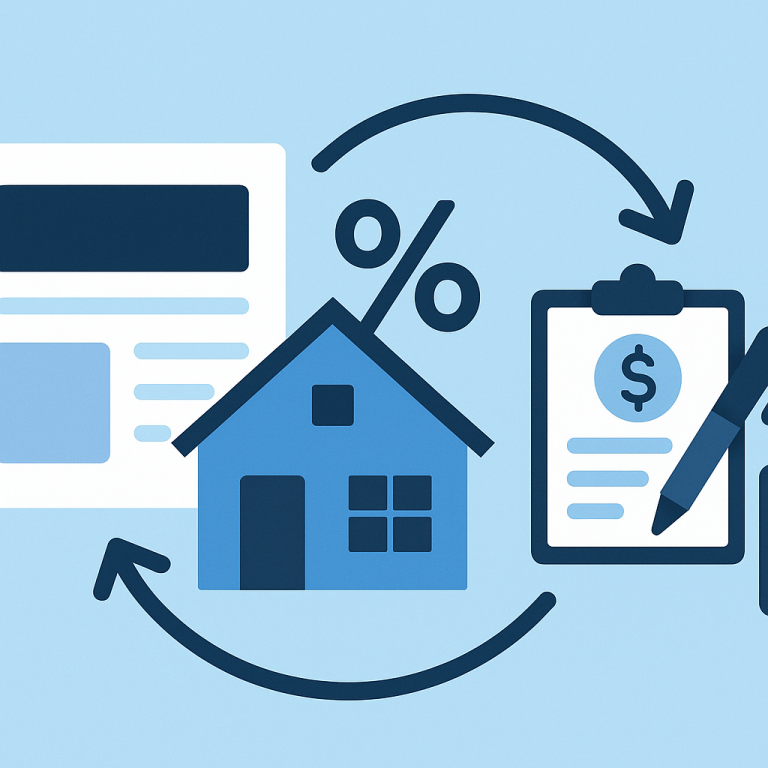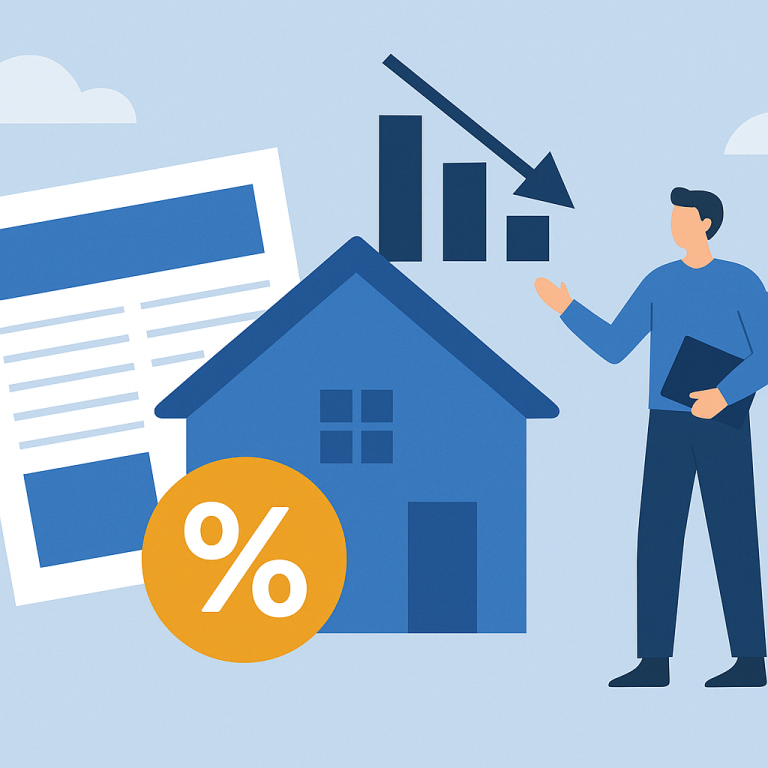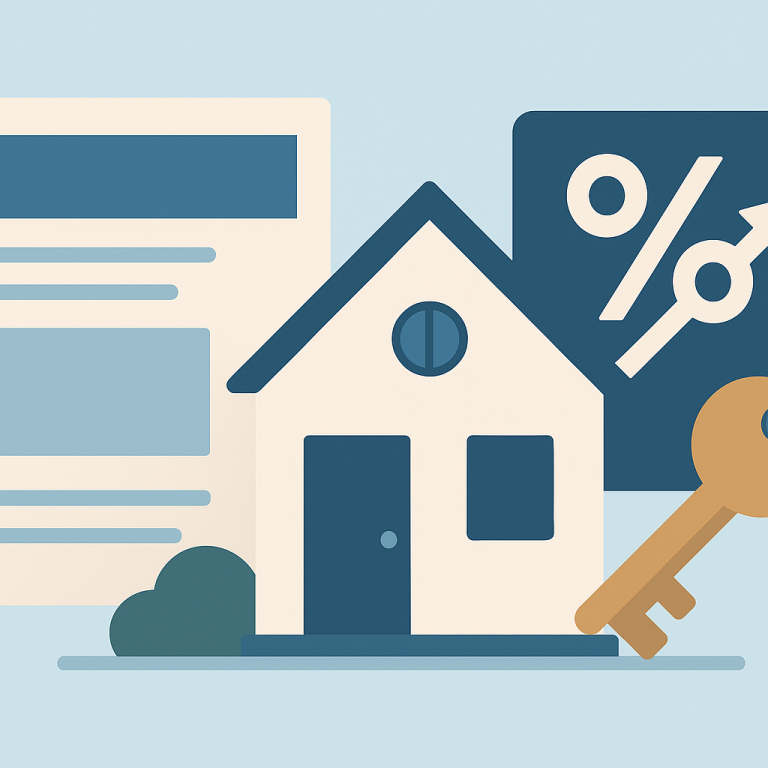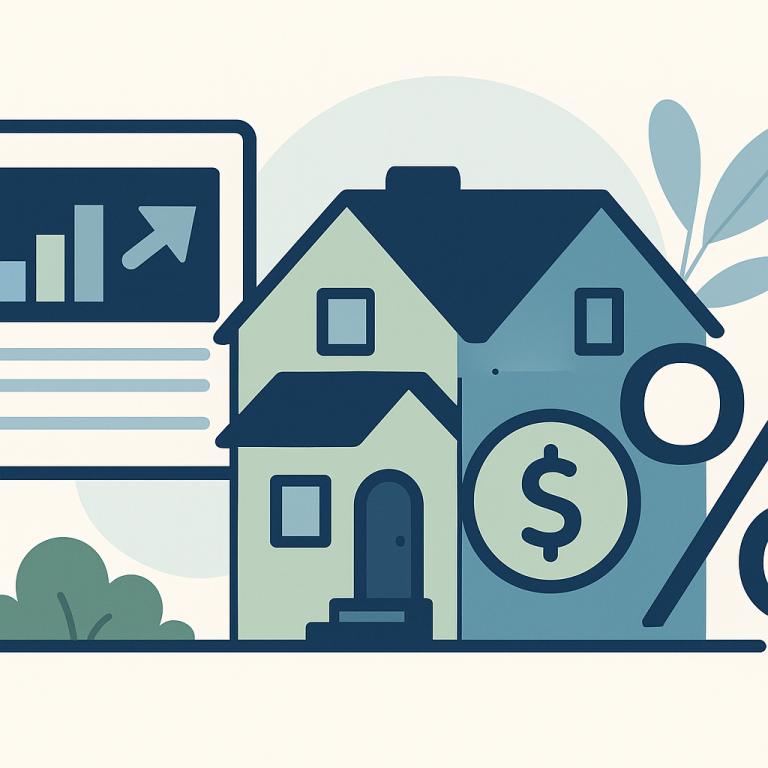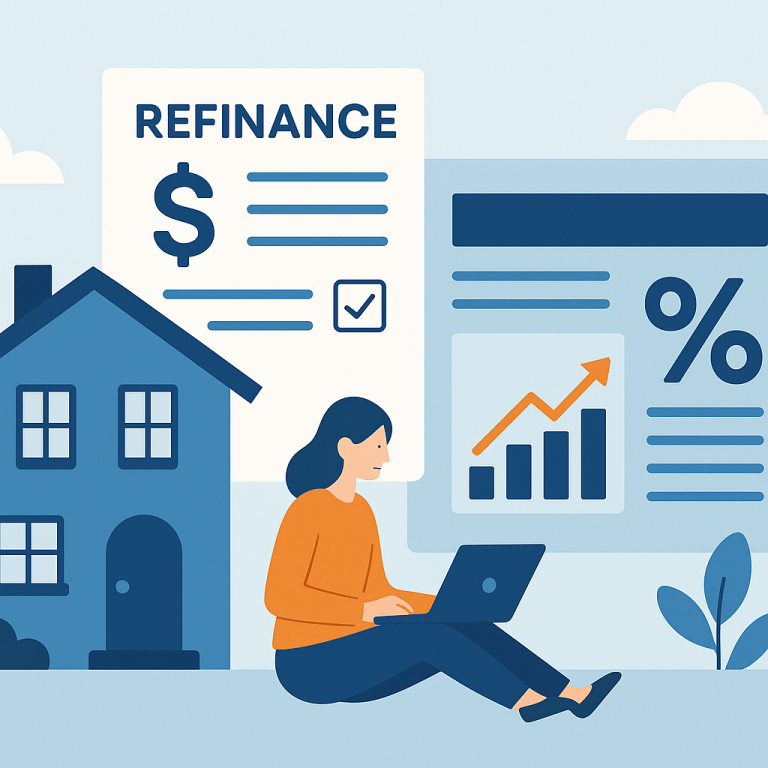30-Year Fixed Rates Drop To 3.75%, Refinancing Applications Jump 15%
At a glance: The latest mortgage rate drop and how it could affect refinancing decisions.
Mortgage rates have moved lower. That can improve affordability and may reopen refinance options for borrowers whose current rate is above today’s quotes.
What the Rate Drop Means for Borrowers
Mortgage refinancing activity has edged higher as recent market turbulence calmed and interest-rate volatility eased. Lenders remain cautious, tightening some credit overlays while reopening programs that had been suspended during stress periods. For homeowners, the environment favors targeted refinancing—those with specific financial goals and solid credit profiles are most likely to benefit.
Market context and lender behavior
After a period of rapid rate movement, markets have shown firmer footing, prompting lenders to reassess product availability and pricing. Some lenders are offering competitive packages for rate-and-term refinances and for borrowers seeking to shorten loan terms, while others continue to limit larger cash-out transactions or apply stricter underwriting on certain borrower segments. Fees and closing-cost structures vary, so comparisons are important.
Who stands to gain from refinancing now
Refinancing is most advantageous for homeowners with a clear objective. Typical scenarios include lowering monthly payments through a better rate or longer term, reducing total interest by moving to a shorter term, converting an adjustable-rate mortgage to a fixed-rate loan for stability, or accessing home equity for renovations or debt consolidation. The best candidates generally have stronger credit profiles, sufficient equity, and a timeline that justifies upfront costs.
Practical steps for homeowners
- Clarify the goal: define whether the priority is cash flow, total-interest savings, or accessing equity.
- Estimate the break-even point: compare closing costs to monthly savings to determine how long it will take to recoup expenses.
- Check credit and documents: review your credit report, gather income and asset documentation, and resolve any errors before applying.
- Shop multiple lenders: obtain rate quotes and loan estimates to compare APR, fees, and program features rather than focusing solely on headline rates.
- Compare total cost, not just rate: evaluate loan term, points, fees, and how much principal remains to understand long-term implications.
- Factor in timeline and life plans: consider how long you plan to stay in the home and whether a shorter or longer loan term aligns with other financial goals.
Common pitfalls to avoid
Homeowners should beware of resetting the amortization schedule when refinancing to a longer term, which can increase total interest paid despite lowering monthly payments. Watch for prepayment penalties on existing loans, higher costs associated with cash-out refis, and soft-credit-pull vs. hard-credit-pull distinctions that affect your score. Also consider tax and insurance implications of taking cash out against your home.
What to expect next
Refinancing activity is likely to remain selective: lenders will continue to balance competition for sound borrowers with caution toward riskier profile loans. Rate changes or economic shifts could quickly alter lender appetites, so homeowners who meet key criteria and have a clear purpose may find timely opportunities. For others, incremental improvements in credit or waiting for clearer policy direction may be prudent.
Homeowner takeaways
- Refinance when you have a clear, measurable goal and the numbers show a reasonable break-even horizon.
- Shop lenders and compare total costs—APR, fees, and term matter more than the advertised rate alone.
- Confirm how refinancing affects amortization and long-term interest, not just monthly payments.
- Stay prepared with organized documentation and a realistic timeline to close.
META: refinancing update — prioritize goal-driven decisions, break-even analysis, lender comparison, and careful review of long-term costs.
